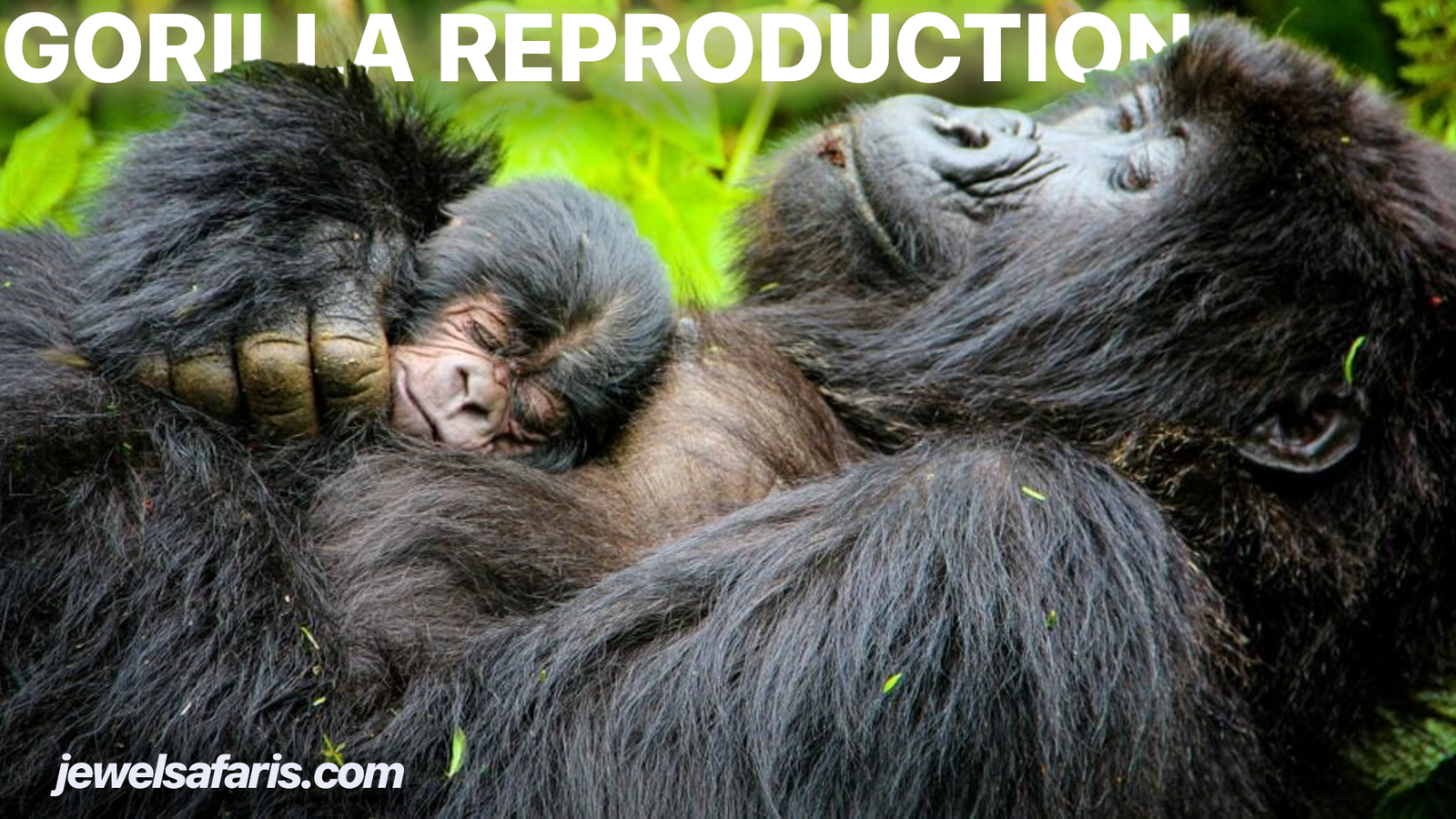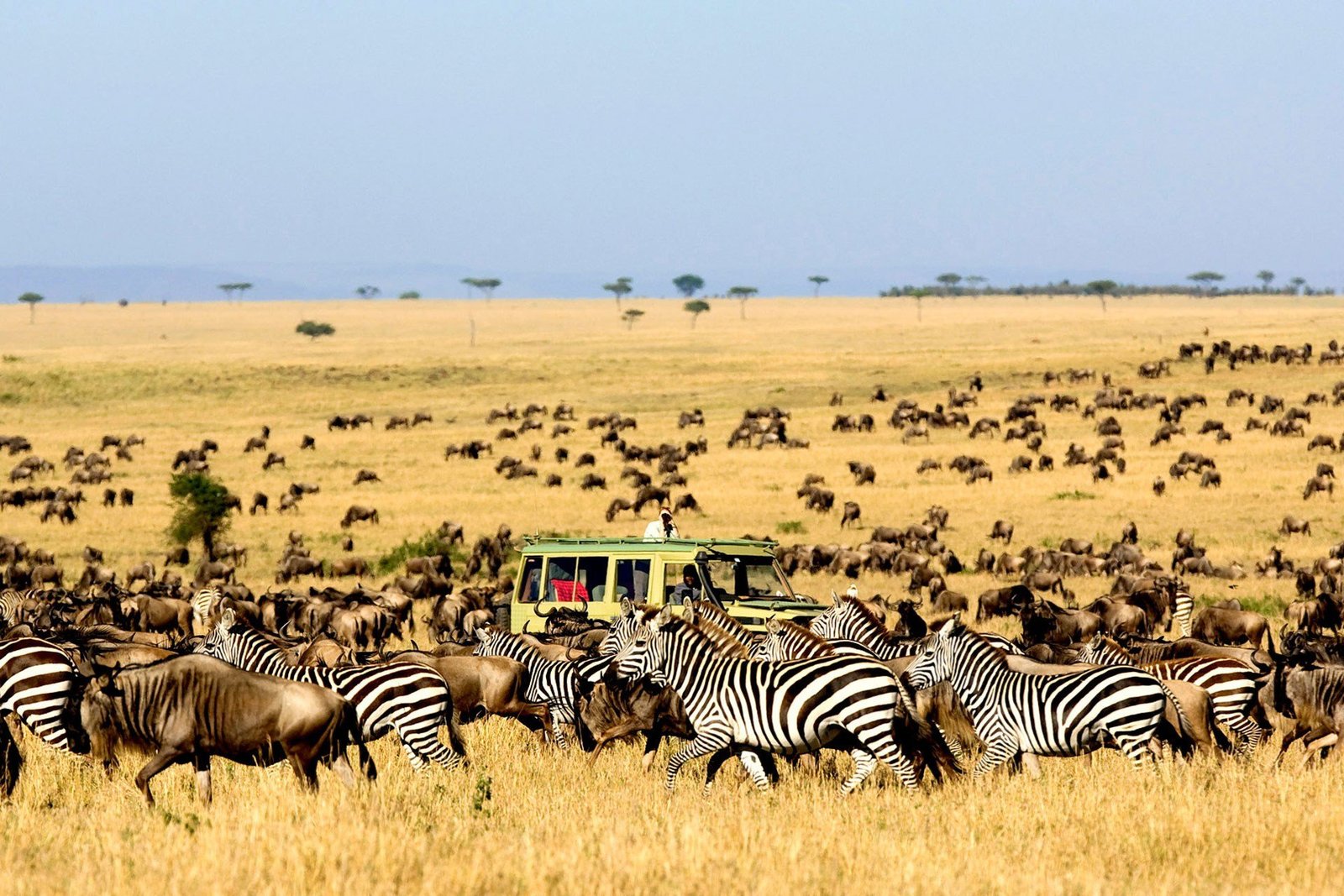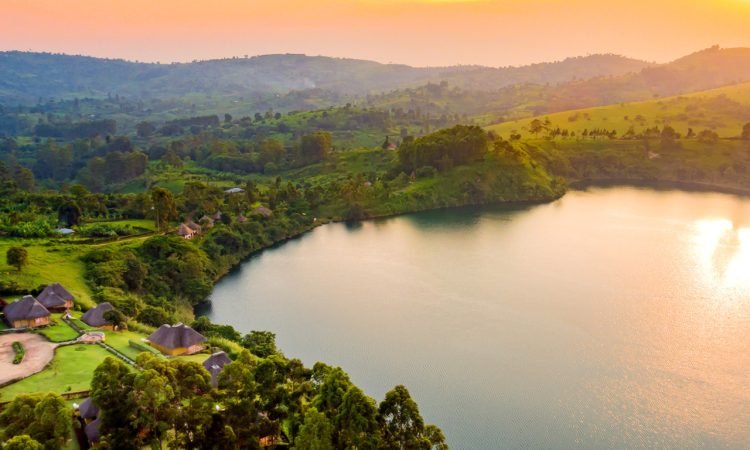Queen Elizabeth National Park, Uganda
Situated in the Western part of Uganda, Queen Elizabeth National Park is Uganda’s second-largest, most diverse and popular conservation area first gazetted in 1952 as Kazinga National Park and two years later, renamed Queen Elizabeth National Park to commemorate the first visit by Queen Elizabeth II and Prince Philip.
With over 95 mammal species, Queen Elizabeth National Park is also home to over 600 bird species and prides in varied ecosystems including savannah grasslands, leafy forests, lakes and wetlands which attract the biggest variety of mammals in the country.
With an area coverage of about 1,978 square kilometres, Queen Elizabeth National Park straddles the equator, with two constructed monuments on both sides of the road where it crosses latitude 00. The park also offers a background view of the ragged snow-capped Rwenzori Mountains, panoramic views of the Kazinga Channel whose banks are coated with large schools of hippos, herds of buffaloes and elephants and spectacular scenery of multiple craters set into the undulating lush hills. The boundless plains in the Southern sector of the park harbour the tree climbing lions lazily hanging out in the fig trees as they monitor the movement of their unsuspecting prey.
In addition to its exceptional wildlife, Queen Elizabeth National Park boasts a charming cultural history where visitors can indulge in a variety of cultural activities including storytelling, dance, music and much more.
Attractions and Activities in Queen Elizabeth National Park
Tree Climbing Lions
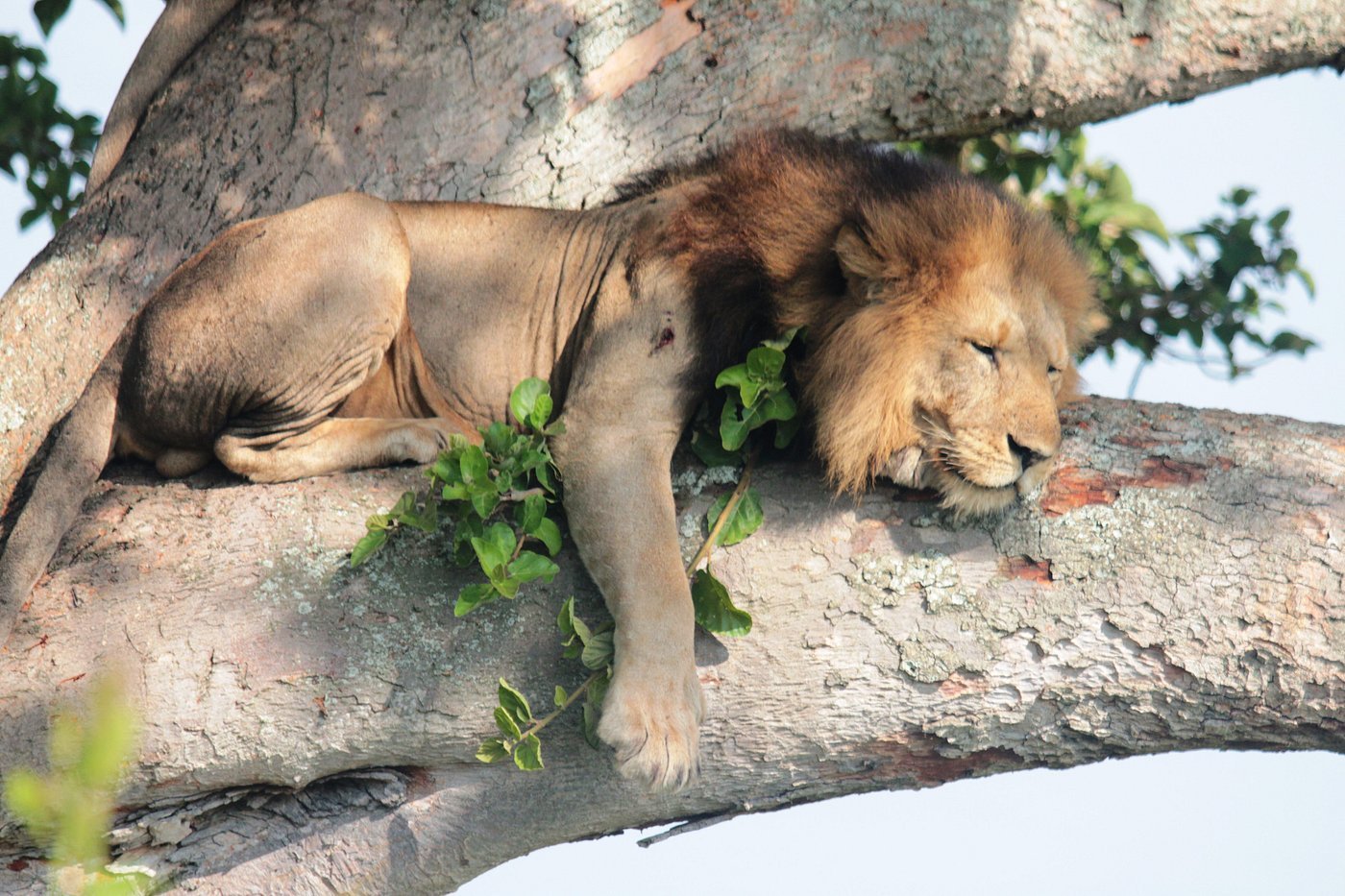
The tree climbing lions in Ishasha are one of the exceptional attractions and they form the highlight of a safari to Queen Elizabeth National Park. The lions hang lazily on the branches of the huge fig and acacia trees as they gaze at their prey, ready to pounce on them at any opportune time.
Game Drives
Game drives in Queen Elizabeth National Park are so rewarding with tracks through Kasenyi plains, the Ishasha sector and the North Kazinga plains offering sightings of big game including elephants, buffaloes, lions, hippos, leopards and smaller species including the Uganda kobs, and other smaller antelopes.
Chimpanzee Tracking
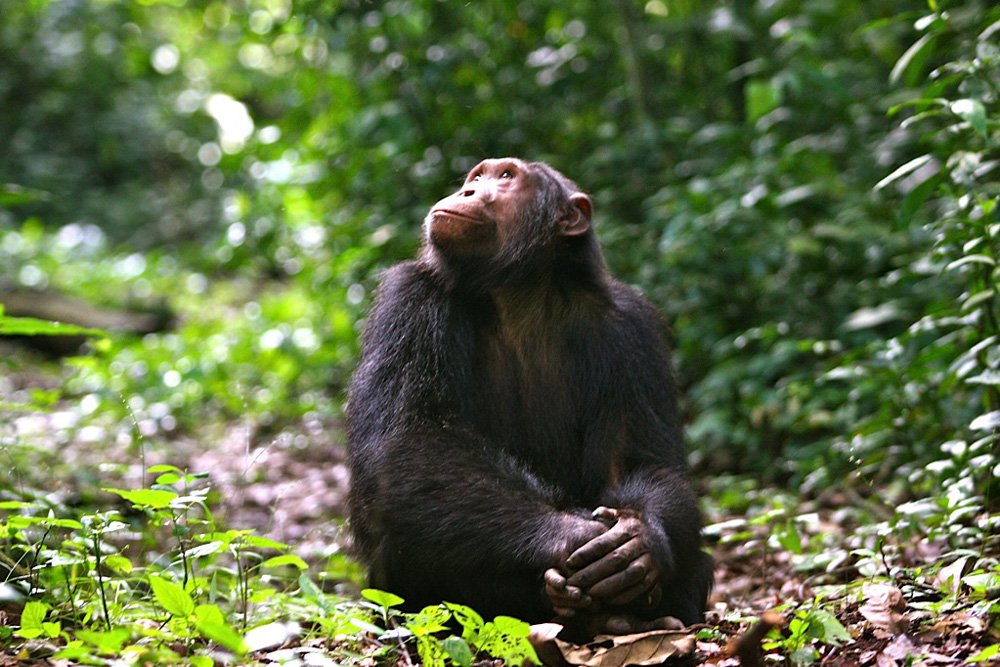
Chimpanzee tracking is done in Kyambura Gorge which lies about 30km from the park. The gorge is also known as the “valley of apes” due to the presence of about 24 habituated chimpanzees and also offers opportunities of seeing other monkey species including the red-tailed monkeys, black and white colobus, blue monkeys.
Bird watching
With over 600 bird species, Queen Elizabeth National Park was classified as an Important Birding Area (IBA) by Birding International and the greatest of all East African parks. The park’s location is the meeting point of savannah and forest, connecting to the vast forest of D.R. Congo means visitors have the opportunity to see both species of East and Central Africa. The swamps in the Ishasha sector are a good spot to look for the elusive shoe-bill stork. Notable bird species include Martial Eagle, Papyrus Gonolek, Palm-nut Vulture, Flappet Lark and the Collared Pratincole.
Boat cruise
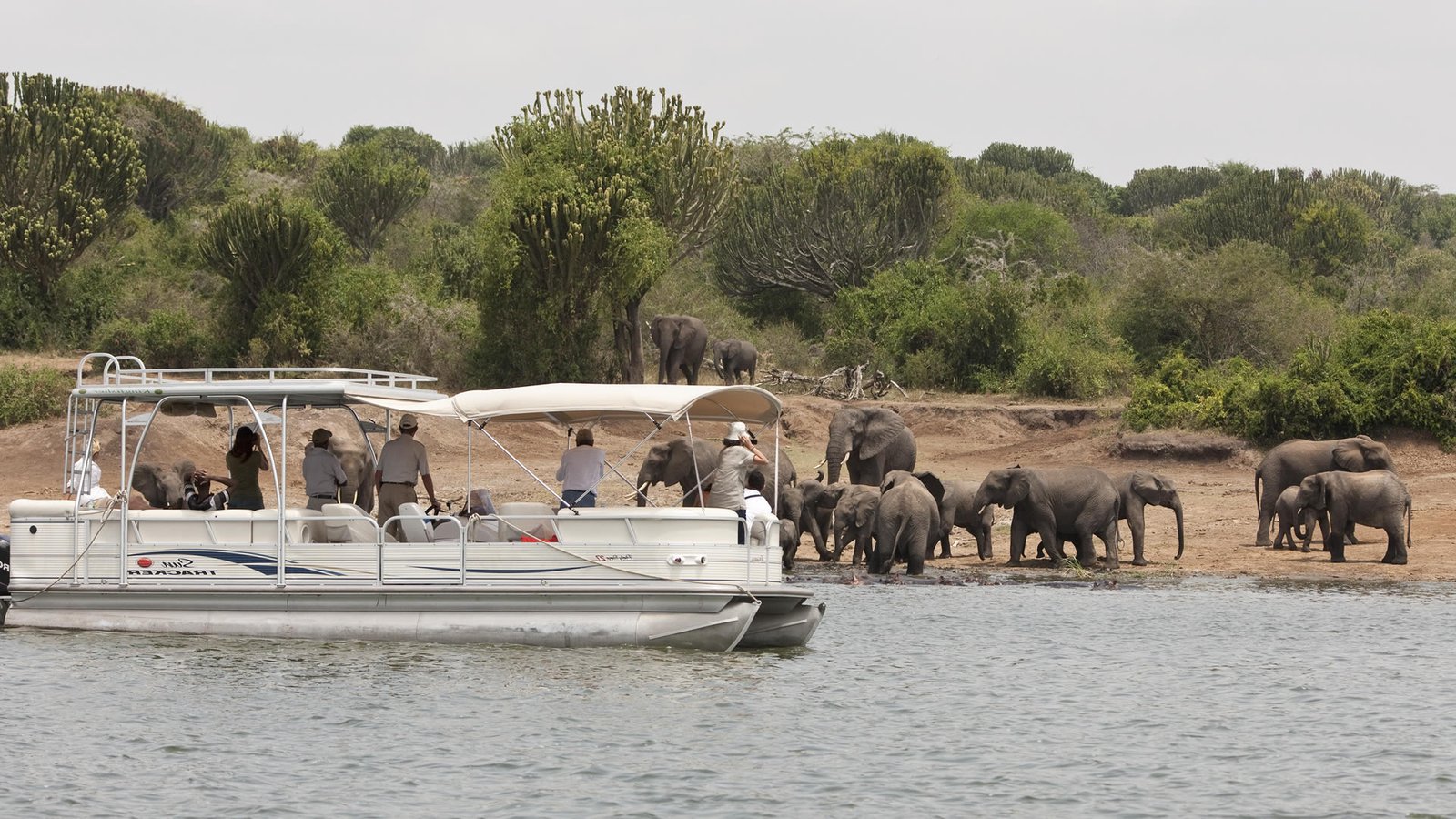
Boat cruises in Queen Elizabeth National Park are undertaken on the Kazinga Channel; a 40km long stretch of water situated on the Mweya Peninsula and connecting Lake Edward in the West and Lake George in the East. The cruise on the channel presents opportunities for both bird and game viewing known for hosting the highest concentration of hippos in the whole world. Other species seen on the banks during the cruise include buffalos, elephants, waterbucks, Nile crocodiles and monitor lizards.
Cultural Visit
Cultural experiences in Queen Elizabeth National Park bring visitors to a better understanding of the way of life of the local people. During this visit, visitors meet and interact with the locals as they learn about their traditional way of life. These experiences can be witnessed in Leopard village; a 3 acres village with a community-run development project that encourages cultural and wildlife conservation through ecotourism, Kikorongo Women Community Centre where the Kikorongo Equator Cultural Dancers perform cultural dances in lodges around the park. The African Craft Workshop presents opportunities for visitors to learn how to weave baskets and bowls using materials from nature. Visiting Katwe Tourism Information Centre presents opportunities to visit Lake Katwe to watch the salt mining process by the villagers. A short scenic walk to the Nyanz’ibiri Cave Community takes visitors to explore the caves and the museum to learn about its cultural attachments alongside spectacular views of the crater lakes and beautiful sounds of birds singing. Worth participating in during the cultural visit is the Agro-Tour Walk where visitors take a walk through Katara village passing through the farms of the escarpment.
When to visit Queen Elizabeth National Park
The best time to visit Queen Elizabeth National Park for wildlife viewing is during the dry season in the months of January to February and June to July because there is less rainfall and the vegetation is thin, making wildlife easier to see especially around water sources.
The wet season from mid-March to May and August to December is the perfect time to see migratory bird species as the vegetation gets greener. However, the park is open all year round and can be visited any time of the year.
How to get to Queen Elizabeth National Park
By road
Queen Elizabeth National Park can be accessed mostly from Kampala using two routes; The Kampala- Mbarara highway which crosses through Bushenyi and covers a distance of about 420km or the route via Fort Portal town to Kasese which covers a distance of about 410km.
By Air
Visitors can charter domestic flights to Kasese, Mweya or Ishasha from Entebbe International Airport or Kajjansi Airfield.
Where to stay in Queen Elizabeth National Park
Various accommodation facilities are found in Queen Elizabeth National Park. These give options for all classes of travellers and they include;
- Katara Lodge
- Kyambura Game Lodge
- Mweya Safari Lodge
- Buffalo Safari Lodge
- Queen Elizabeth Bush Lodge
- Ishasha Wilderness Camp
- Kazinga Channel View
- Pumba Safari Camp
- Ihamba Safari Camp
- Engazi Lodge
